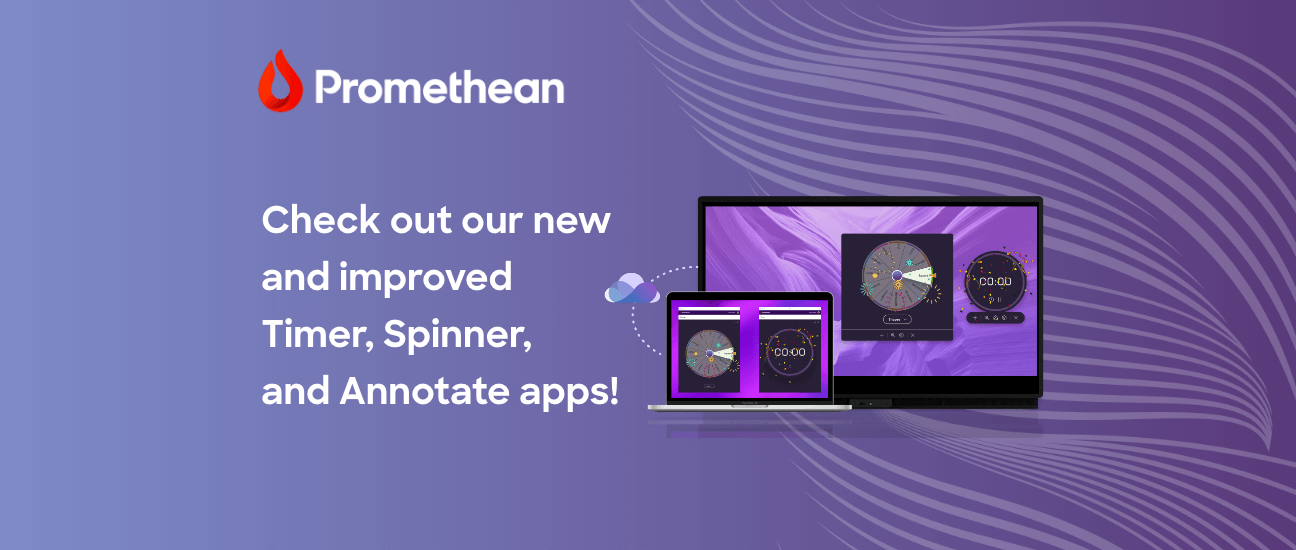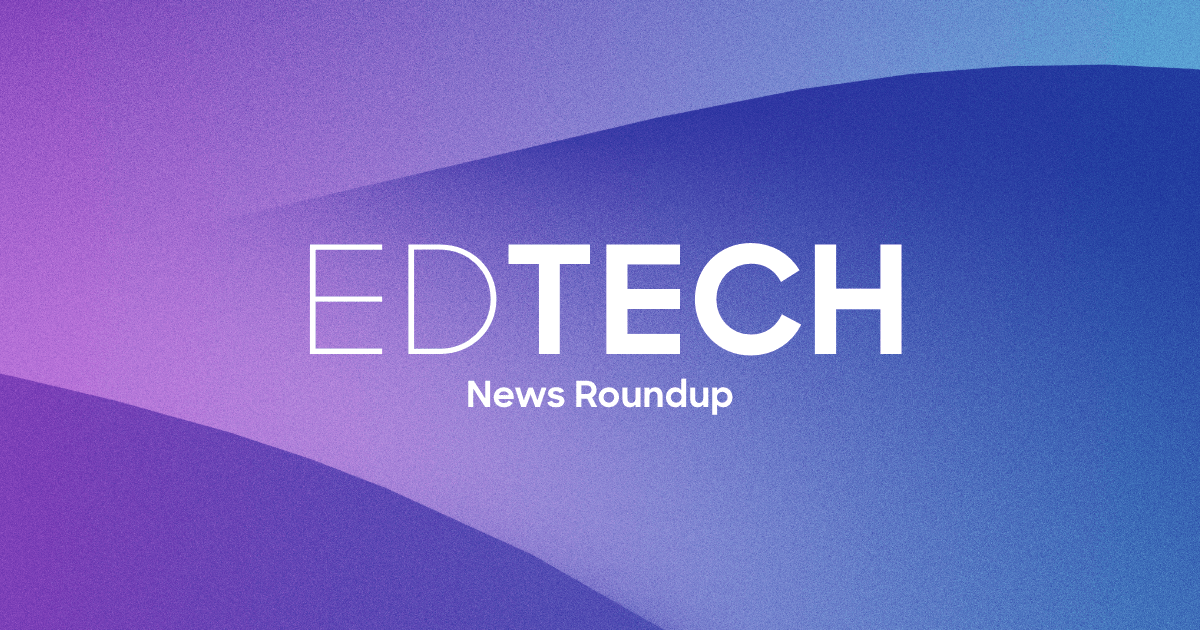Published on August 1st, 2021
Edtech news roundup – August 2021
6 minute read

Get the Latest EdTech News from Promethean
Here are 3 of the latest and trending U.S. education and edtech news subjects.
1. The Future of Learning, In and Out of the Classroom
The U.S. Secretary of Education, Miguel Cardona, expects schools to offer all students full-time, in-person instruction in the 2021-22 school year. Recent data indicates that projection is on track, pending schools prioritizing precautionary measures to prevent and mitigate spreading of the coronavirus. School leaders and instructors have proven that students can have a safe and successful educational experience in classrooms, and are implementing shifts from the pandemic to the future of learning. Education systems should recognize options other than traditional in-person schooling, and consider how the variety of learning modalities that were used in the pandemic can help shape the next era of education.
Although most schools initially transitioned to blended learning last year out of necessity, this learning model has emerged as a preference of what classrooms of the future will look like. Almost 50% of parents want schools to adopt blended learning post-pandemic, while more than half of teachers favor this permanent integration of online and traditional teaching. An essential element of successful blended learning is incorporating technology into the education experience. Due to today’s generation of students being digitally native, the implementation of technology has been a fairly smooth transition. This early exposure provides a sense of confidence that continuing hybrid learning will be beneficial when in-person classes become normal again. In fact, three-quarters of parents want future classroom experiences to involve computer devices.
Beyond integrating tech in schools moving forward, classrooms will also look to the trends emerging from pandemic learning, and adjust to meet the academic and social needs of students. Smaller room setups, with technologies suited for those environments, can help teachers connect and engage with remote and in-person students. This can ultimately support students’ social-emotional learning. Audiovisual solutions are being adopted as classroom designs advance with video walls, microphones, flexible seating and one of the most-used classroom tools, interactive panels.
2. Financial Aid Turning Students into Digital Citizens
Technology is not only shaping the future of education, but it’s also impacting student futures beyond school. Just like remote learning can prepare students to be successful remote employees, technology skills are also key for almost any job. With increased recognition of digital equity issues, federal and state funding has narrowed the digital divide of connected and disconnected students. As a result, students are better set up for success in both academic and professional journeys. While digital inequity spans from accessing devices to understanding tech, internet connectivity remains a highly disproportionate issue among regions. The federal CARES Act and additional state and local funding contributed to major tech upgrades, from stronger Wi-Fi to updated computers and new devices. These investments ultimately offer more opportunities for individual growth through increased exposure to skills and school subjects.
Having recognized the importance of education technology and the key role connectivity will serve as schools resume, it’s clear schools should prioritize inclusive learning moving forward. As financial and tech solutions are continuously addressing digital equity, students have the opportunity to grow into digital citizens of society. Educators and parents can empower students to reach this level of development by setting boundaries around disciplined, balanced device usage and encouraging them to expand their use of tech for research and problem solving.
3. The Future for Teachers: Professional Development and Personal Engagement
Most educators are preparing to return to classrooms with various learning models and increased EdTech usage. While it’s a transition for teachers and students alike, it’s also an opportunity to engage student families in schooling. Teachers have invested time into coordinating services, such as social media communities or virtual training, on the EdTech products their student is using daily.
As children adjust to transitioning back to in-person school, so too will their parents, who might have been more involved with their student’s academics during the pandemic than before. Parent involvement is a contributing factor to the success of the school and individual students. Parents and teachers can communicate quicker and more effectively due to the increased use and investment in EdTech.
Teachers’ relationships with students and families can help enhance inclusion and transparency between all parties of the classroom community. Summer allows instructors to focus on professional development with EdTech tools for dynamic environments to empower students. To address industry trends and support career training for educators, Promethean offers advanced courses to assist with utilization of technology for increased student engagement.
To get more insights, tips, and updates from Promethean, follow us on Facebook, Twitter, or LinkedIn.




